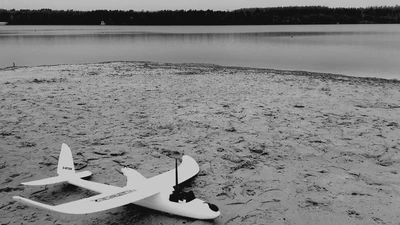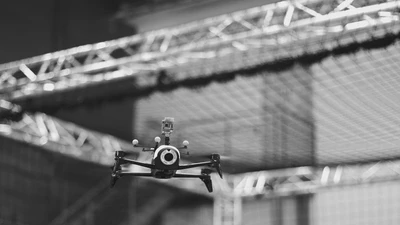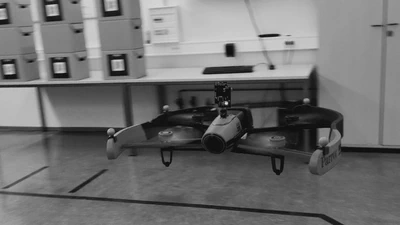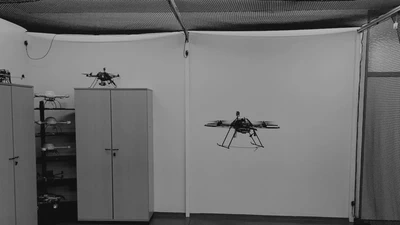Reliable Long-Range Multi-Link Communication for Unmanned Search and Rescue Aircraft Systems in Beyond Visual Line of Sight Operation
This article proposes and evaluates the concept of combining multiple cellular networks for highly reliable communication with those aircraft systems. The proposed approach is …




